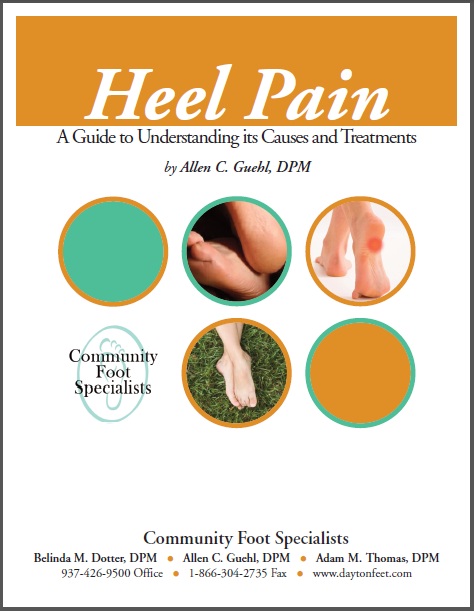Fungal Toenails
Fungus loves to grow in a warm, dark, and moist environments. For these reasons, your feet are especially susceptible to fungal infections. It may begin as a white or yellow spot under your toenail, but as it grows deeper into your nail, it can cause your toenail to discolor entirely and become crumbly, and rather unsightly in more serious infections.
Common Symptoms of a Fungal Nail Infection
-Thickened Nails (as the fungus grows upward instead of outward)
-Brittle or Crumbly Nails
-Dull Nails, with no shine
-Dark color, most typically a dull yellow
-Maybe accompanied by a foul odor
-Occasionally pain, from the nail ingrowing or applying pressure in a shoe
Nail fungus most commonly affects older individuals for several reasons. First and foremost, circulation is the most poor to the feet, and as you grow older, circulation decreases even more disabling your ability to ward off infections. Also, being older, you have a greater chance to have encountered fungus in the environment while having a damaged nail. Damage to a nail allows the fungus the opportunity to infect the nail. Patients with diabetes and circulation disorders are the most common people we treat for fungal toenail infections.
Though a fungal infection is unsightly, in most cases it poses no immediate risk to an individual. Patients with diabetes or other immunosuppressed conditions must be treated for a toenail fungal infection as it could lead to greater complications. Please consult your podiatrist if this is the case.
Treatment of Fungal Toenails
If you have researched fungal toenails at all, you are acutely aware that the market is loaded with antifungal treatments, both claiming to prevent and cure a fungal infections. Unfortunately, the truth of the matter is that most over the counter treatments are rarely effective, and prescriptions take months if not years to completely eradicate the infection.
Topical medications- These can be purchased at the store, on the internet, or by prescription. They are rarely effective by themselves, but can be used in conjunction with oral medications. They are best if applied after the nails have been debrided so that the medication can act deeper in the nail.
Antifungal Lacquer- These also come in a variety options. One is by prescription and can be effective when used for mild cases for about a year. The other option is an antifungal nail polish that can be applied directly to the nail.
Oral Medications- These have proven to be the most effective in treating fungal toenail infections. They are usually taken periodically, and it takes 6-12 months for new uninfected nail to grow.
Laser Antifungal treatment- Can be effective, but it is not covered by insurance and long term results have not been determined yet.
Regular Nail Debridement- This is the most common, easiest and safest treatment for older individuals, or patients with Diabetes. According to Medicare guidelines, a person can have their nails debrided every ten weeks if they meet certain criteria. Some patients require it less frequently, as their nails may grow slower.



















